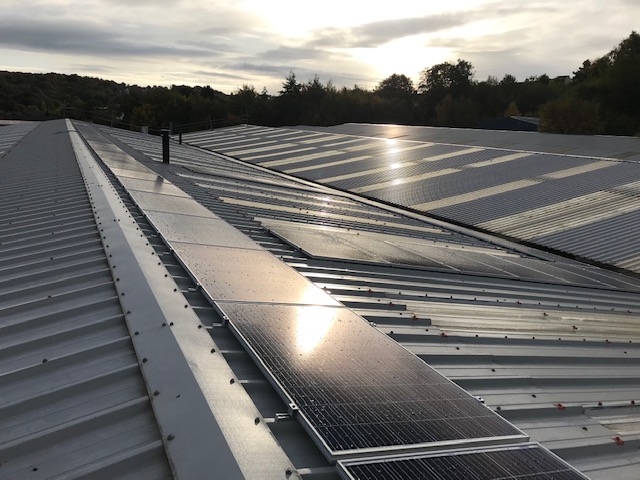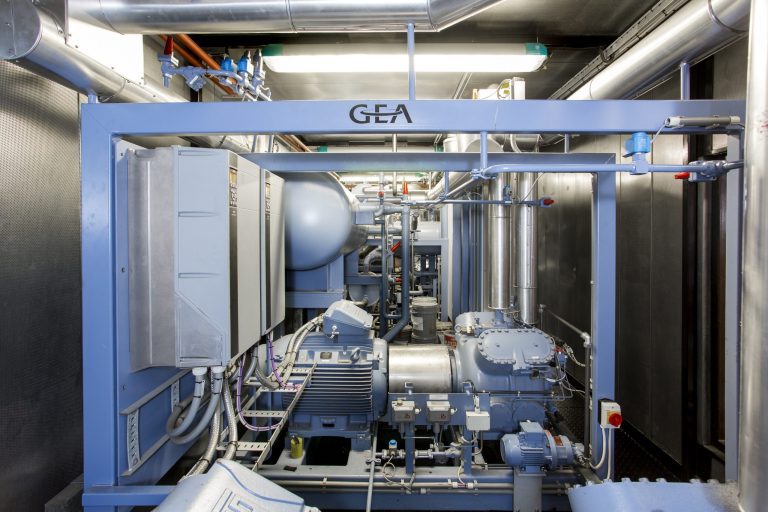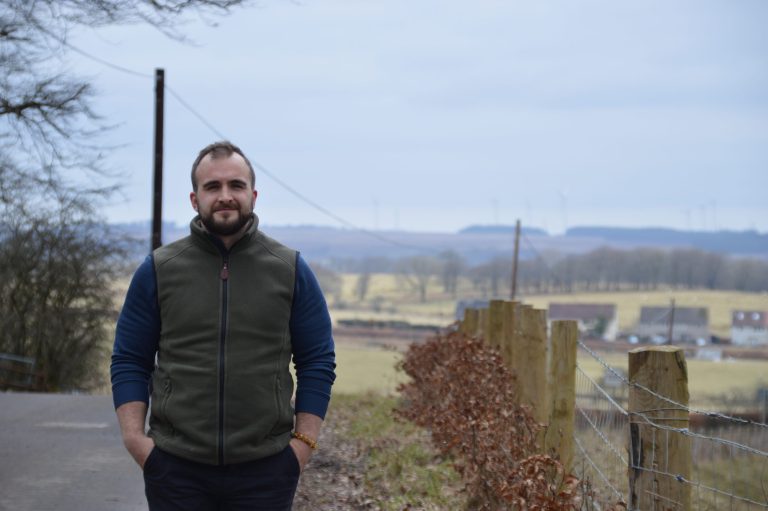British company, Osprey Group, has won the multi-million-pound contract to deliver all of the oversized equipment needed in the next phase of construction at Hinkley Point C (HPC). Through their innovative shared services logistics model, the team will use its expertise in both marine and heavy land transport to provide centralised logistics and management for all major critical assets coming into the site – giving project-critical support to Hinkley Point C and its suppliers. Osprey Group is a British-owned company that’s local to Hinkley Point C, in Somerset. It is the only British firm with the cumulative experience, skill sets, and in-house resources to deliver this new, innovative shared services model of special logistics support that’s now needed for Hinkley Point C (HPC). Hinkley Point C’s new nuclear power station will deliver a long-term socio-economic legacy for the nation. Its primary purpose is to deliver energy that is cleaner and greener – a major contributing factor to UK net zero targets – but the construction programme is also opening up sustainable career opportunities. Suppliers to HPC are encouraged to showcase innovative methods than can help overcome the challenges of major infrastructure logistics. This is Osprey’s forte: by using their learnings from a range of offshore oil and gas construction projects, Osprey’s multi-disciplined team identifies efficiencies and improves reliability in its delivery of logistics to major construction projects onshore. Osprey will become a strategically important, collaboration-focused Tier 1 supplier. The team’s shared services model removes many of the risks faced by one-off, critical asset suppliers – some delivering unique components weighing over 750 tonnes per piece – many of whom might not have the experience or local knowledge needed for organising specialist logistics to this particular site. Now, HPC is moving into the major next phase of its build: visibly constructing buildings on the carefully prepared site in Somerset. The Tier 1 suppliers are liaising on tight schedules to install key critical permanent equipment, which includes steam generators, turbines and the nuclear reactors themselves – everything needed to generate low-carbon electricity for around six million homes. Won through an international tender, Osprey’s innovative approach to shared services is making a step-change possible that will have a tangible positive impact on the environment, the local community, and HPC’s construction programme overall. John O’Connor, Commercial Director, Osprey “We’re exceptionally proud to partner with EDF to deliver strategic logistics for the project. Normally, critical assets are called forward by the Construction Director, and multiple contractors complete the delivery. It’s an enormous task to perform this to the tightest of schedules, with so many contractors and interlocking phases of construction. You need a detailed plan and the right specialist heavy-logistics’ resources – all applied intelligently with a best for project, one team mindset. HPC is an inspiring project driven by exceptional people – our job is to provide safe, flexible and reliable service every time. It’s an exciting time for Osprey and we look forward to supporting EDF and all Tier 1 contract partners in delivering success together.” Osprey’s new working model is the result of close collaboration over a period of several years with the HPC team. By drawing on learnings from other sectors and being involved in much more of the planning than might be expected, the leadership team at Osprey has created an approach to construction logistics that will make life easier not just for key project teams at HPC, but also their suppliers, and potentially for other projects of this scale too, such as Sizewell C. Nigel Cann, Delivery Director for HPC, said: “It’s fantastic to see a local company step up to the challenge of delivering this volume of critical components for our project. Osprey has already proved to us that they have the capability and expertise to deliver to the high standards of safety, quality and efficiency required for such a complex construction job. We set out to ensure that businesses in the region would benefit from HPC and this is the latest example of us delivering on that commitment.” Osprey will be transporting all of HPC’s largest assets – critical, one-off pieces of equipment manufactured around the world and delivered by water via a dedicated muster port at Avonmouth. From there, deliveries will be made to the build teams on site in line with predefined construction scheduling. Each consignment will be received direct from a delivery vessel before onward movement to the HPC terminal, cutting down on road use, disruption, and emissions. John: “This is a brand new, specialist logistics model for receiving critical equipment. All in all, over £1billion of essential, critical assets will move through this operation over the coming years.” The team’s experience in importing and transporting critical assets has provided the evidence needed to shape an accelerated marine logistics model that works well for just-in-time deliveries. This has been made possible by injecting land and marine expertise into the engineering disciplines that work as the core of the business. It is a model that is adaptable to specific project requirements and should be transferrable to all major infrastructure projects in the UK and, where adopted, will play an important role in improving interoperability between site teams, and cutting down on road-transport emissions and disruption usually associated with over-sized loads. John: “HPC’s lead here, in embracing this innovative new approach, provides an opportunity for projects like HS2 and large-scale renewables projects to see ways in which assets can be delivered faster, against more flexible schedules, and with an improved impact on both the environment and the bottom line. As the centralised logistics provider, we will be taking the pressure off for some of HPC’s own logistics teams too – and it’s an innovation legacy for the region, as we often work with local sub-contractors.”













